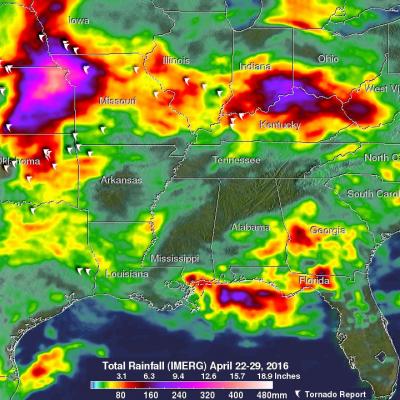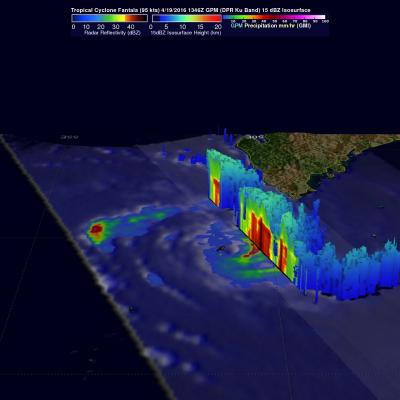V04 Processing Processing of GMI GPROF Retrievals Begins
V04 Processing processing of GMI GPROF retrievals began at 11:20 UTC, May 2. Please note the the GPM Near-realtime (NRT) subsystem began to run the V04A GPROF precipitation retrieval effective 11:20UTC, May 2, 2016. Information about changes in the version can be found in the document GMI.V4.Release.Notes_05.01.2016.pdf that is located in directory /NRTPUB/V4ReleaseInfo The biggest change in the retrieval is the use of an a-priori database constructed from Combined and KU actual mission retrievals rather than the pre-launch composite databases. Partner radiometer (both conincally scanning and




